Light exercise plays an essential role in maintaining health, especially for those who are new to fitness, recovering from injury, or simply trying to stay gently active. But what exactly qualifies as “light exercise”? Let’s break it down in practical terms—along with real examples to help you ease into movement.
What Is Light Exercise?
Light exercise, also known as light physical activity, refers to any movement that raises your heart rate slightly but allows you to carry on a conversation easily. It doesn’t require breaking a sweat, gasping for air, or pushing yourself to the limit. Instead, it’s about gentle movement that encourages circulation, flexibility, and low-impact strength.
Examples of Light Physical Activity
Here are some easy and accessible light exercise examples that fit into everyday life:
-
Leisure walking (especially on flat surfaces)
-
Stretching or mobility routines
-
Gentle yoga
-
Tai chi or slow martial arts forms
-
Light gardening
-
Household chores like dusting or folding laundry
-
Cycling at a casual pace
-
Slow dancing or sway-based movement
These movements may seem small, but when done consistently, they add up to powerful health benefits over time.
What Is Considered Light Activity?
If you can talk without effort but feel your body is moving and active, you're likely in the light activity zone. It typically registers around 2–3 METs (Metabolic Equivalent of Task), which is a measure of energy expenditure. For example, standing and preparing food or slowly walking your dog would fall under this category.
Why Light Exercise Matters
Light physical activity is often underestimated, but it plays a big role in reducing sedentary behavior. It helps:
-
Improve circulation
-
Maintain joint mobility
-
Enhance mental clarity
-
Reduce stiffness or pain
-
Support mood and emotional well-being
It’s also incredibly valuable for older adults, those with chronic health conditions, or anyone easing back into movement after time off.
A Personal Perspective
After a surgery a few years ago, I was restricted from intense workouts for nearly two months. During that time, walking around the block and doing light stretching in the morning became my lifeline. Not only did these gentle movements help my body heal, but they also kept my spirits up and my routine grounded. It reminded me that movement doesn’t have to be extreme to be effective—it just has to be consistent.
Final Thoughts
Light exercise is a sustainable and inclusive way to move your body. Whether you’re just starting out, taking a rest day, or recovering from illness or injury, light activity keeps your body and mind engaged. It’s not about how hard you push—sometimes, it’s about how kindly you move.




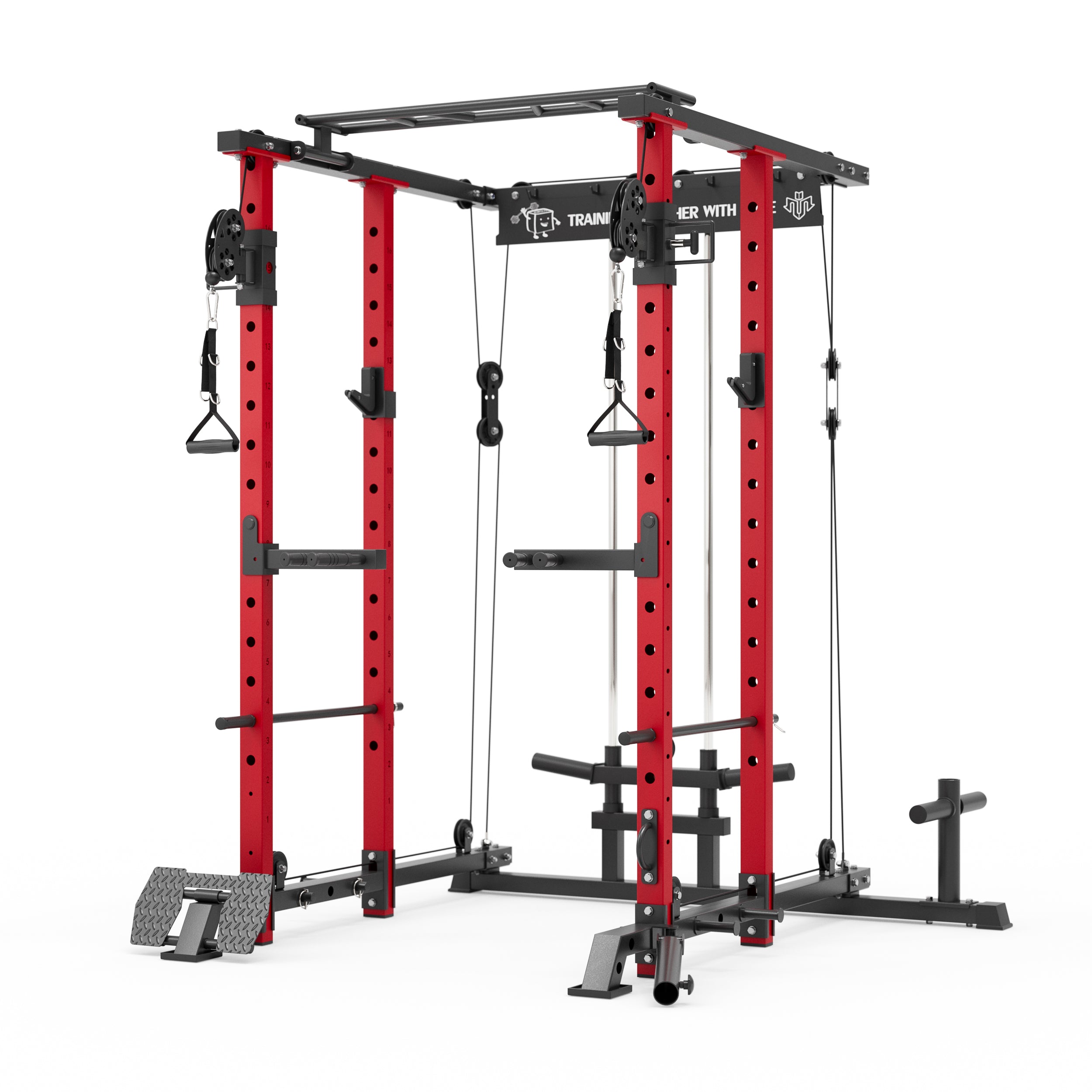


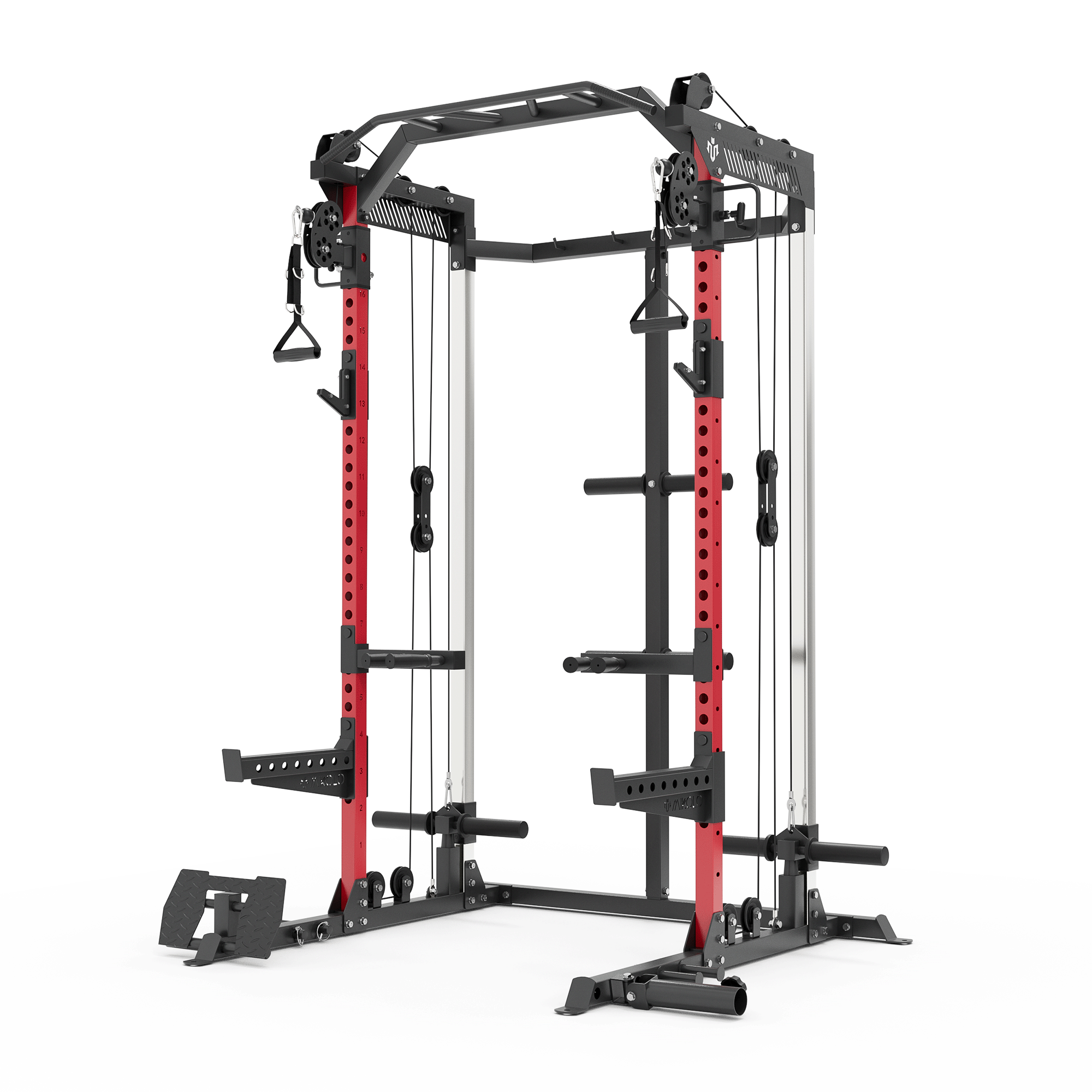


















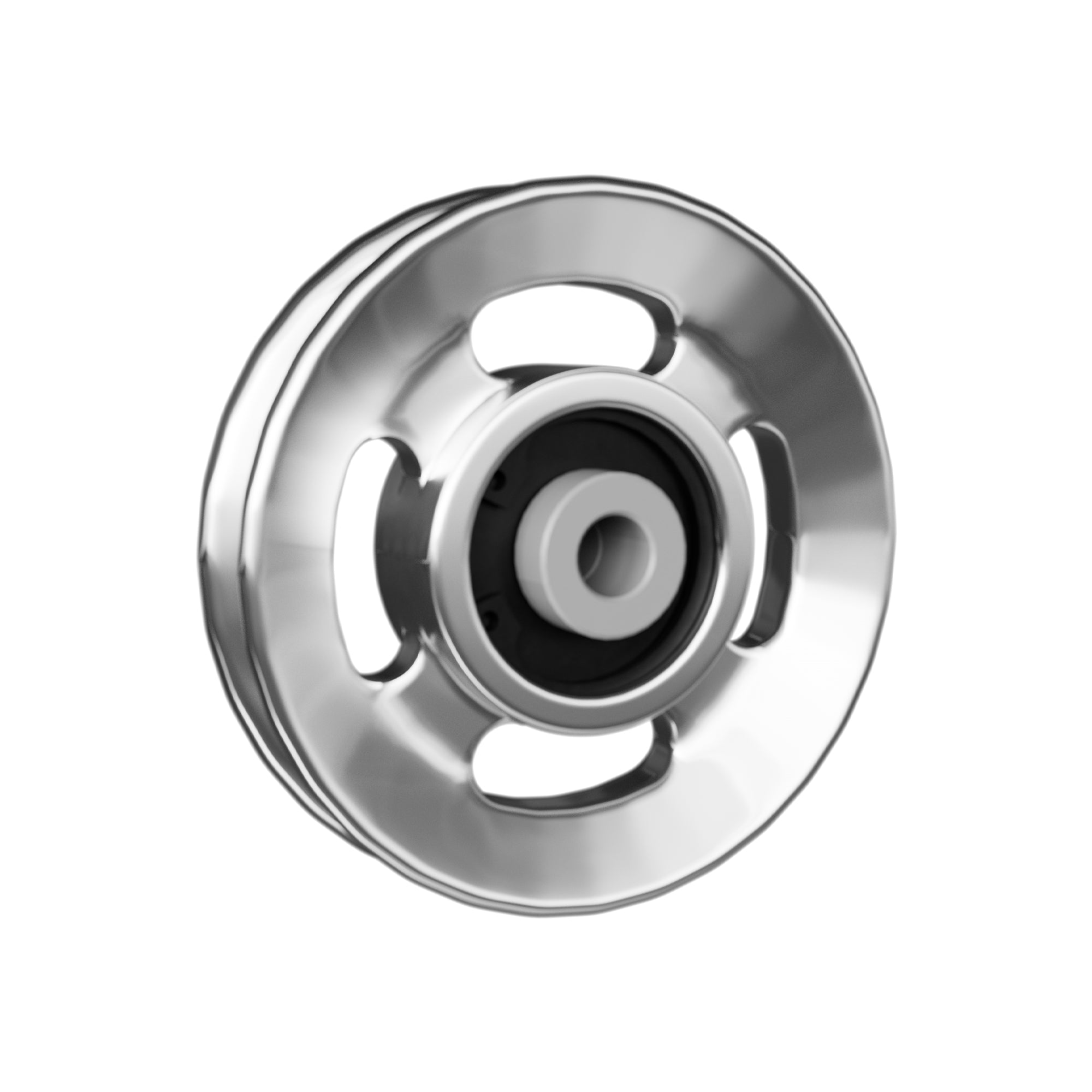



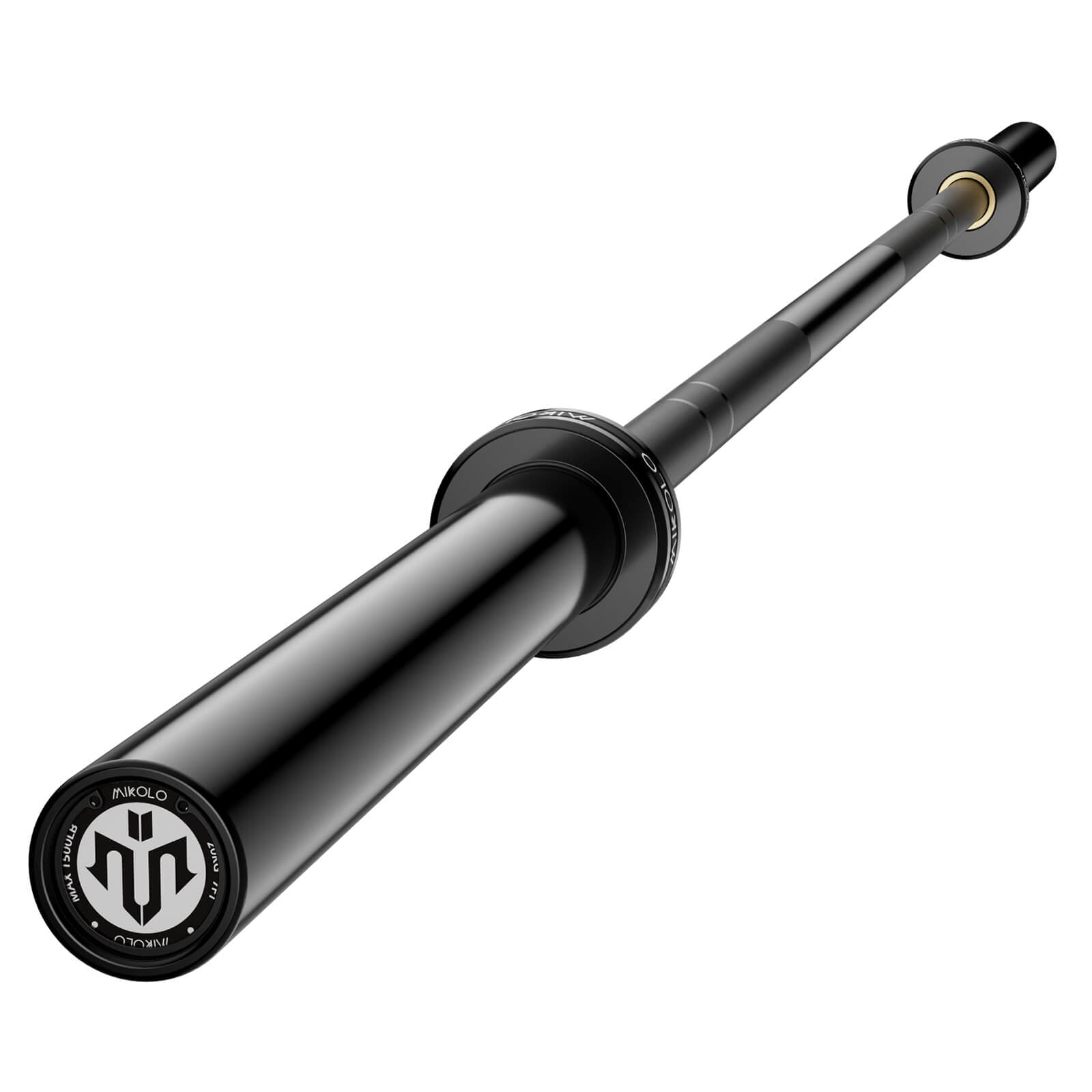
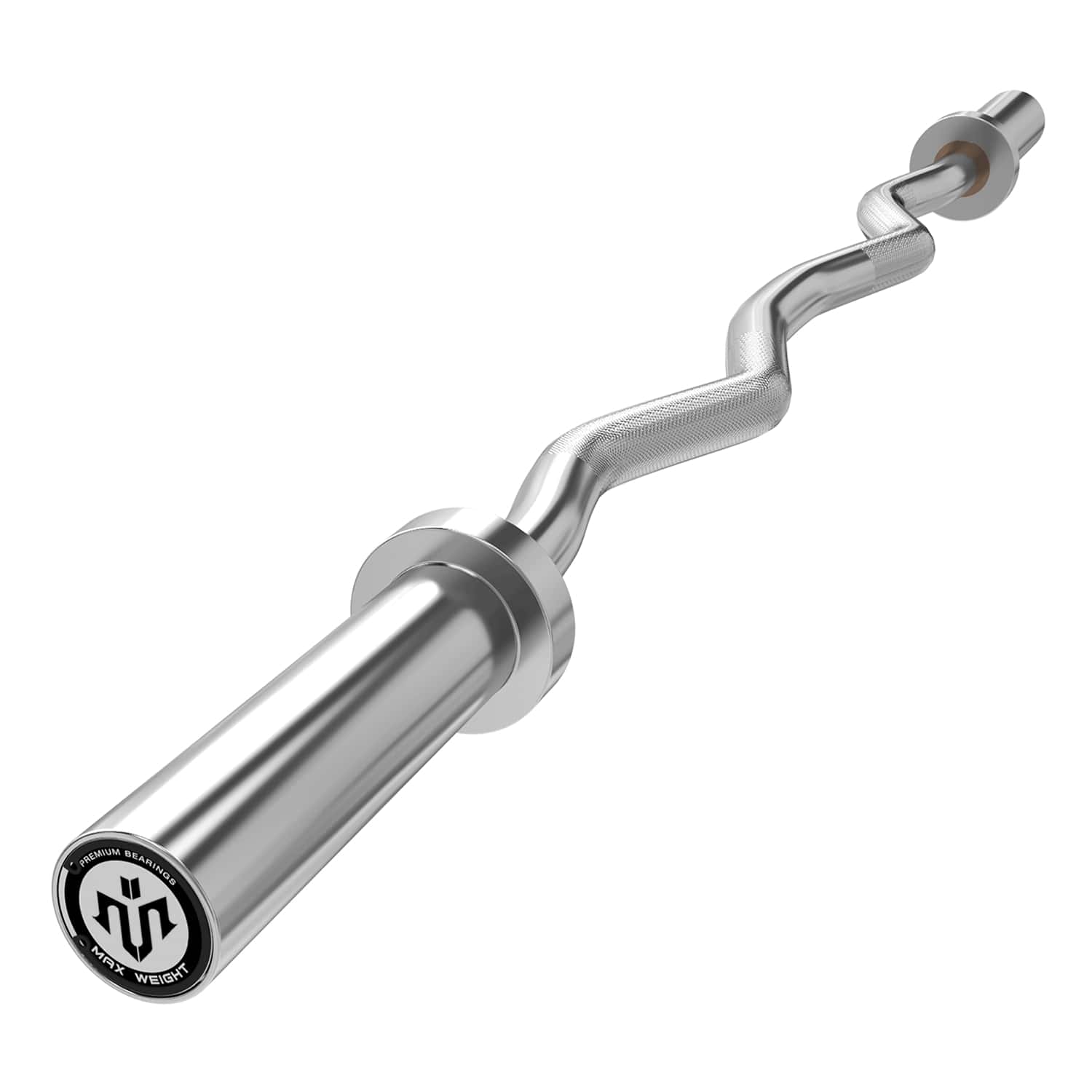



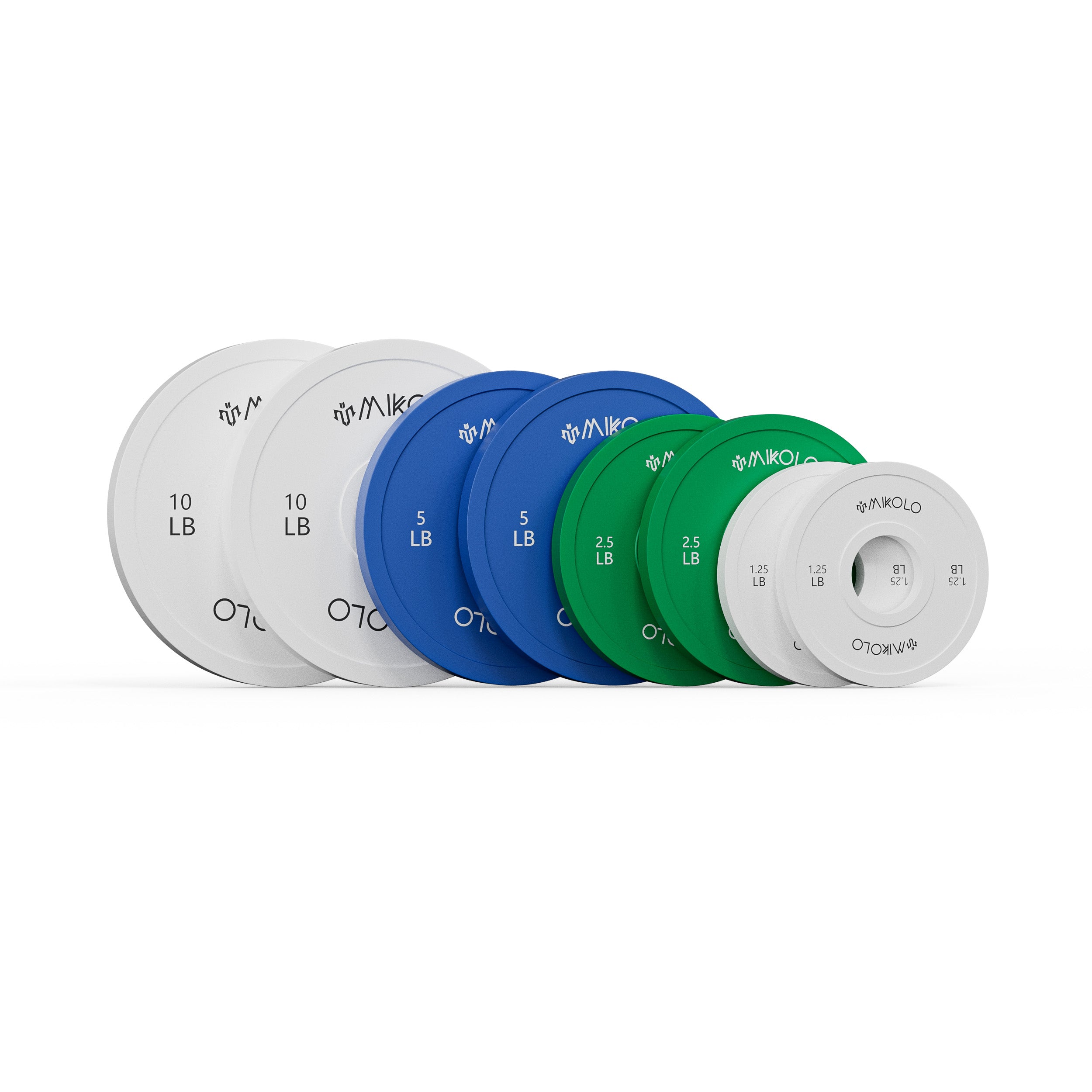



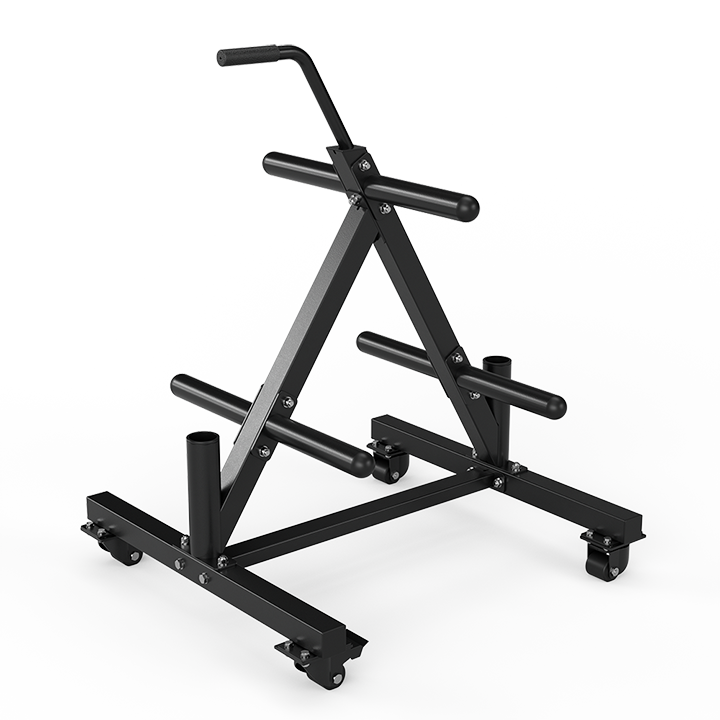






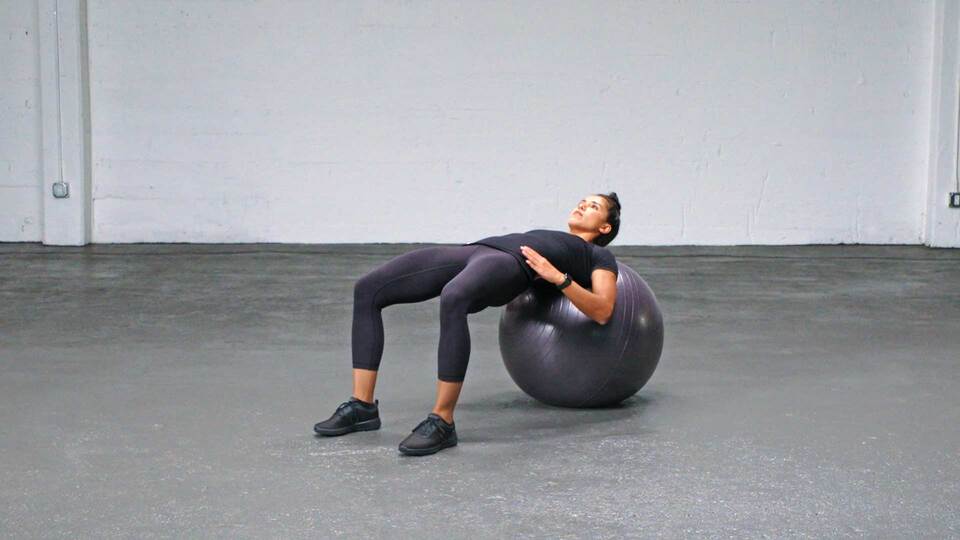
Leave a comment
This site is protected by hCaptcha and the hCaptcha Privacy Policy and Terms of Service apply.